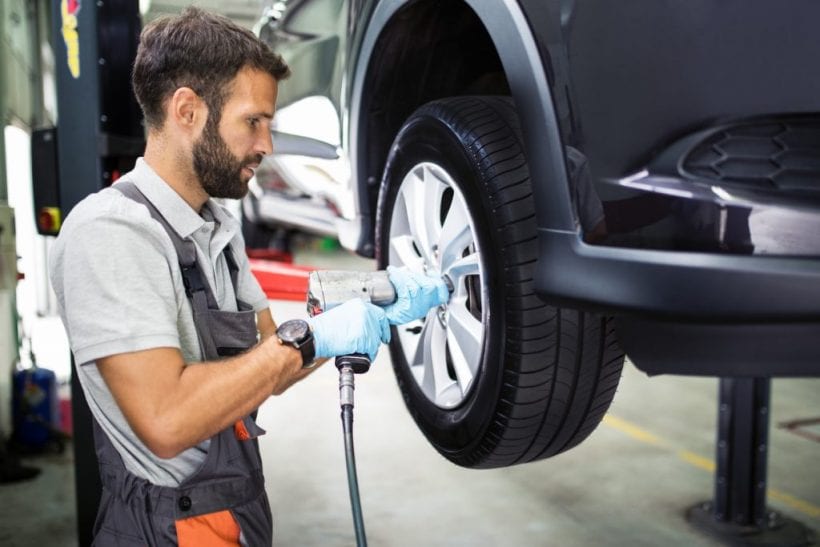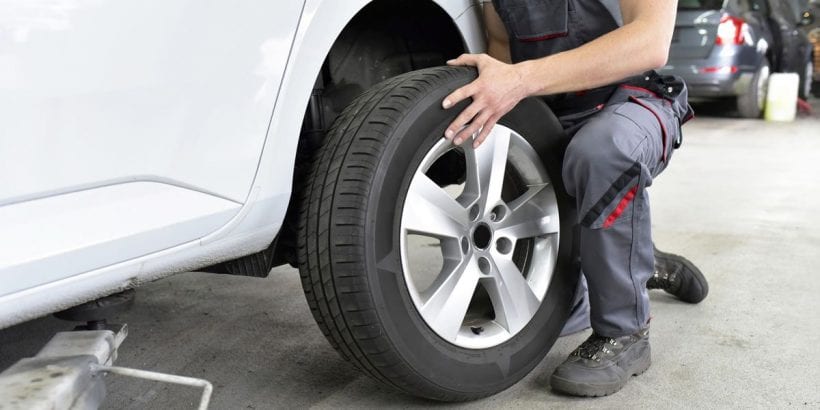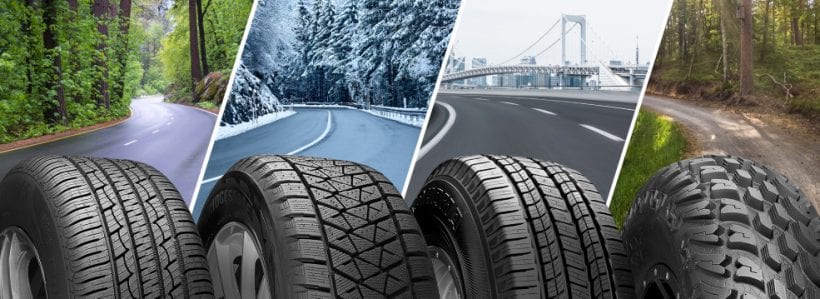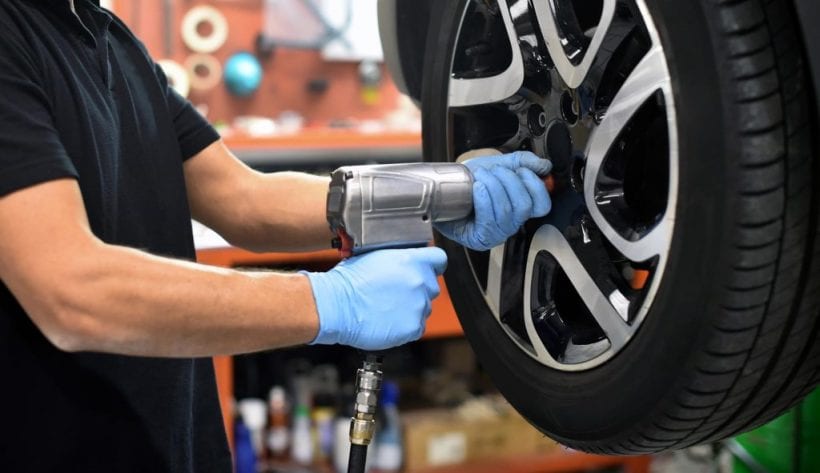After parting with a significant amount of money to get your new tires, you may want to know if there’s anything you might do to help them last longer. Luckily, there’s plenty you can do, but the easiest is to be consistent with your tire rotations. Driving your car continually without having its wheels rotated will result in uneven wearing, which requires you to replace your tires earlier than you should.
Despite being an important aspect of maintaining your vehicle, it’s a routine that car owners often overlook. To make sure you don’t forget, try and schedule your car for wheel rotation simultaneously with changing its oil. Alternatively, you can sign up for a car rotation service that includes reminders. You may click here to know more about subscribing to a tire rotation service.
Why It’s Necessary

Due to vehicle design and your driving patterns, your vehicle might be exerting unequal pressure on specific wheels. For example, most drivers tend to turn faster when they turn left than they do turning right. This applies a lot of pressure and weight to the right front tire. If you always miss your regular rotation schedule, this pressure will make the right tire wear faster.
Another reason could be the positioning of your engine. Most cars have their engines in the front, which exerts more pressure on the front wheels than those at the rear. By rotating your tires, you equalize the wear patterns across all tires. This ensures you have smoother rides and can keep your tires for longer.
Take note, though, that some uneven treadwear might be caused by other factors, such as alignment issues, over or under inflation of wheels, or some other cause. Feel free to ask your service provider to check the cause of the uneven wear. Knowing what your vehicle needs to reduce will save you loads of money in the long run.
Tire rotation is way too important to postpone. Hence, be consistent in your tire rotation schedule, even if you don’t feel that they’re out of balance yet. If you feel annoying vibrations when you drive due to the wear in your tires, you might have waited too long before scheduling that appointment.
The need for wheel rotation depends on how constantly you’re using your car. A good rule to go by is not letting a year pass without taking your car in for tire rotation. If you use your vehicle quite heavily, perhaps you should have your wheels rotated every six months. Every 5000 miles traveled by your car should be matched with a schedule for tire rotation.
Can You Rotate Your Car Tires On Your Own?

It sounds like an easy job, but it really isn’t. You need the right equipment if you are to rotate your tires successfully, plus you’re going to have to know how to do it perfectly, else you’re going to expose your tires to worse danger.
Remember, the reason for rotating your wheels is to avoid needing an early replacement. If you take the gamble and do it yourself, you might damage the tires even earlier, defeating the whole process.
When it comes to tire rotation, your car is better off with a professional who has the right equipment and skill to do a stellar job. As mentioned, the easiest way not to forget that your car needs this service is to sync it with other scheduled maintenance routines or when you go to have your car’s oil changed. That way, you know necessary assessments are done first before rotation.
Here are some things to pay attention to before you begin rotating your wheels:
1. Patterns For Tire Rotation
According to Utires, when having your tires rotated, some vehicle manufacturers have certain rotation patterns they prefer and consider safer for their vehicle types. Your service provider will assess your vehicle and determine which pattern is most suitable.
Your car’s drivetrain configurations will determine the rotation pattern most appropriate to it. Four-wheel drive (4WD), all-wheel-drive (AWD), front-wheel-drive (FWD), or a rear-wheel-drive (RWD) are factors that’ll decide if forward cross, rearward cross, or X-pattern of rotation will be used.
2. Tire Types

The type of your vehicle’s tires will also influence how your auto technician will go about rotating your wheels.
- Directional Tires: these tire types are designed for a specific side of your vehicle. Their tread pattern is one way and is optimized for the direction of your tire’s rotation on your car. The tread grooves are made in such a way that they can channel water out and are angled to optimize handling.
When trying to rotate directional tires, you can’t shift them to the opposite side of the vehicle as they have an optimal side. Unless your rear tires are a different size from the front tires, it’s recommended to use a front-to-rear rotation pattern. But if the rear and front tires differ in size, it’s best to follow a side-to-side rotation pattern.
If you have directional tires that are also of different sizes, then to rotate them, you’ll need to dismount, remount, and rebalance the tires on the opposite side.
- Non–directional Tires: these can be installed on either side of the vehicle. Any direction of rotation works for each of the tires, so you shouldn’t worry about placement, just as long as you have rotated them.
Conclusion
It’s way cheaper to take your vehicle for a tire rotation than it is to get new tires. If nothing else, then this could be your motivation never to miss a wheel rotation appointment. Even with the best care, your tires will still need replacing, but you can delay it.
You can ensure your rides are smooth and that your tires are in their optimal condition for longer by ensuring a year doesn’t pass before you take your vehicle in for tire rotation. As you might have found, tire rotation is far from a pointless routine. Consistently rotating your wheels will save you from getting new tires and, with that, a lot of money.

